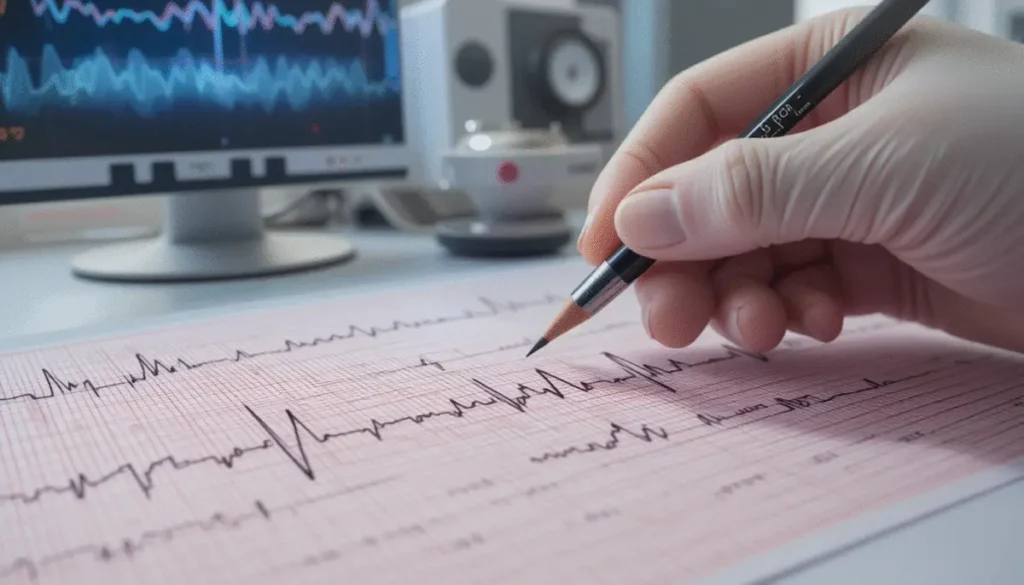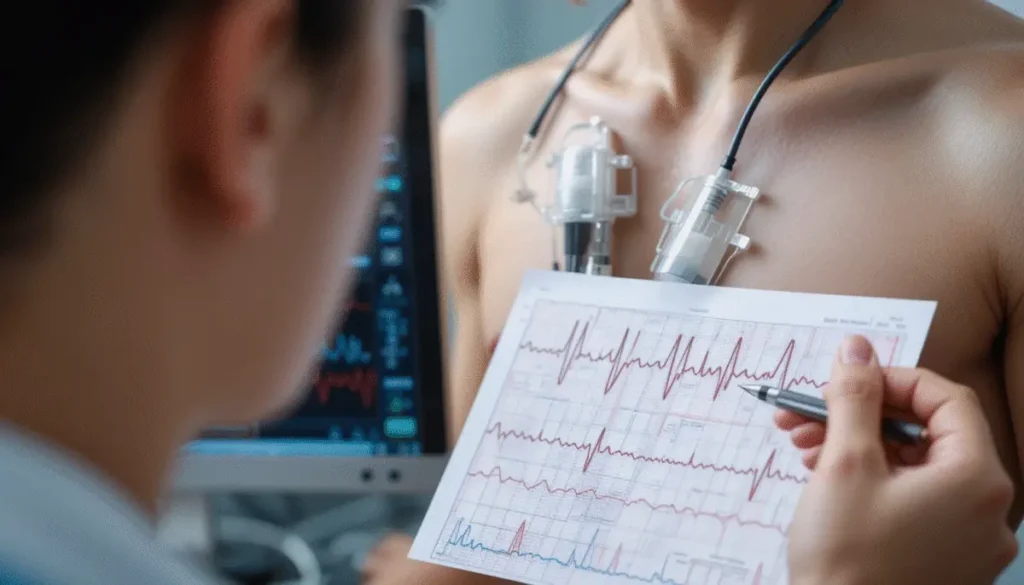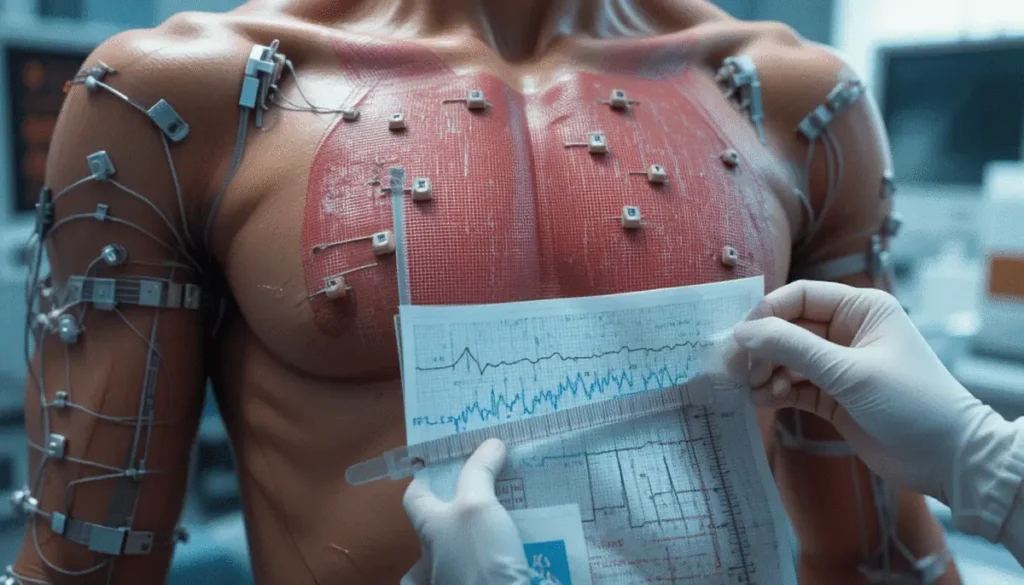In normal heart physiology, the sinoatrial (SA) node is responsible for initiating electrical impulses that regulate the heartbeat. These signals travel through the atria, reach the atrioventricular (AV) node, and proceed to the ventricles, leading to coordinated contraction — this is known as a sinus rhythm.
However, when electrical activity arises from an abnormal site (ectopic focus) within the atria, it results in atrial rhythms — one of the most common being Premature Atrial Contractions (PACs).
🔹 What Are Premature Atrial Contractions?
PACs are early heartbeats originating from an ectopic focus in the atria, which competes with or temporarily overrides the SA node. Though typically benign, PACs can signal an underlying cardiac disturbance and may evolve into more serious arrhythmias.
🔍 Causes of PACs
- Increased atrial automaticity
- Triggered activity due to:
- Myocardial ischemia or infarction
- Hypoxia
- Digitalis toxicity
- Re-entry circuits within damaged myocardial tissues
- Electrolyte imbalances
- Structural heart diseases: Valvular or coronary pathologies
- External triggers: Caffeine, stress, tobacco, alcohol
🩺 ECG Characteristics of PACs
- Abnormal P wave morphology: P wave shape differs from the normal SA node–generated P wave.
- May be inverted, biphasic, or unusually shaped
- P wave occurs earlier than expected (premature)
- QRS complex is usually normal (since ventricular conduction remains unaffected)
- Compensatory pause may follow the PAC
- Irregular rhythm: Due to premature beats disrupting normal R-R interval
📐 Types of PAC Patterns on ECG
| Pattern | Description |
|---|---|
| Isolated PAC | A single premature beat, not repeating |
| Bigeminal PACs | Every other beat is a PAC (normal → PAC → normal → PAC…) |
| Trigeminal PACs | A PAC occurs after every two normal sinus beats (NSB → NSB → PAC…) |
| Quadrigeminal PACs | A PAC occurs after every three normal sinus beats |
These patterns help in identifying the frequency and severity of atrial irritability.
🧠 PACs vs. Normal Sinus Rhythm
| Feature | Normal Sinus Beat | PAC |
|---|---|---|
| P wave | Upright, round, consistent | Abnormally shaped or inverted |
| PR interval | Normal and regular | May vary slightly |
| QRS complex | Normal, narrow | Normal (unless aberrantly conducted) |
| Rhythm | Regular | Irregular due to premature beats |
📊 ECG Interpretation Example
Case:
- Heart rate: ~85 bpm
- Rhythm: Irregular
- P waves: Present and followed by QRS; abnormal morphology during PACs
- PR interval: Within normal range (less than one large box)
- QRS complex: Narrow, sharp, <0.12 seconds
➡️ Interpretation: Sinus rhythm with trigeminal PACs (a PAC after every two normal beats)
⚠️ Clinical Significance of PACs
While many PACs are benign and asymptomatic, frequent PACs may indicate:
- Underlying cardiac pathology (e.g., heart failure, atrial enlargement)
- Risk of progressing to atrial fibrillation or flutter
- Electrolyte or medication-induced irritation
🛠️ Management of Premature Atrial Contractions
If asymptomatic:
- Reassurance only
- Avoid caffeine, tobacco, alcohol, and stress
- Monitor with periodic ECGs or Holter monitoring
If symptomatic or frequent PACs:
- Investigate underlying causes
- Echocardiography to assess structural heart abnormalities
- Rule out ischemia, infarction, or drug toxicity
- Medical therapy
- Beta-blockers (e.g., Metoprolol) for rate control
(avoid in asthmatics) - Calcium channel blockers as alternative
- Beta-blockers (e.g., Metoprolol) for rate control
- Catheter Ablation
- In cases of refractory PACs, radiofrequency ablation can destroy the ectopic focus permanently
✅ Summary Points
- PACs originate from an ectopic focus in the atria
- Characterized by early, abnormal P waves with normal QRS complexes
- May occur in isolated, bigeminal, trigeminal, or quadrigeminal patterns
- Most are benign but should be evaluated if frequent or symptomatic
- Management depends on symptoms and underlying cardiac condition



